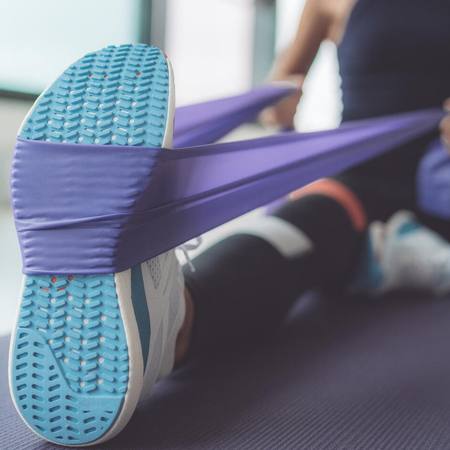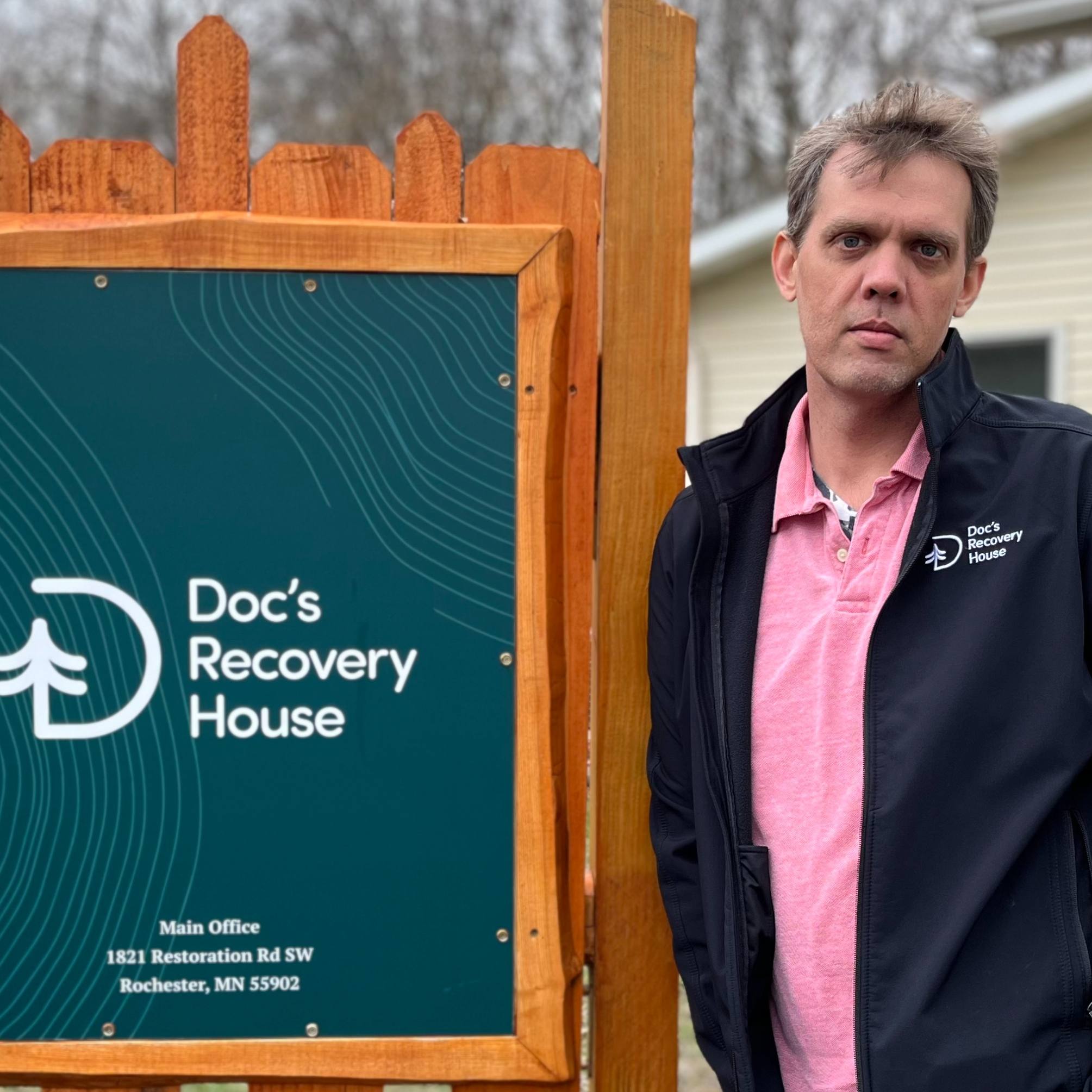-
Health & Wellness
By Itself, Knee “Crunching” Sound Generally Not Cause For Concern
By Itself, Knee "Crunching" Sound Generally Not Cause For Concern
December 6 , 2013
Dear Mayo Clinic:
One of my knees makes an odd crackling sound (like the sound you might hear when scrunching plastic wrap) when I go down a flight of stairs. However, I do not have any knee pain. Should I be concerned?
Answer:
The crunching sound from your knee is crepitus. If you do not have any other symptoms, no specific treatment is necessary for crepitus. If you develop other knee problems, however, you should see a doctor to have your knee evaluated.
Crepitus is caused by the rubbing of cartilage on the joint surface or other soft tissues around the knee during joint movement. When knee snapping or catching is painful, that is usually a result of scar tissue, a meniscus tear or a tendon moving over a bony prominence within the knee joint.
The patellofemoral joint — where your knee cap meets your thigh bone, or femur — is typically the source of knee crepitus. Cartilage, the smooth, elastic tissue that covers the ends of bones, normally allows the bones to glide easily in the joint. But over time, the cartilage surface may start to lose its smoothness. The crunching you hear likely is due to the cartilage in your knee becoming rough, so the bones cannot slide as easily in the joint as they normally do.
Knee crepitus typically happens when the knee is bent, such as when you are squatting, going up or down stairs, or rising from a chair. By itself, crepitus generally is not a cause for concern. Once the cartilage gets rough, though, it may be at risk to begin to wear down, leading to arthritis.
To help prevent additional knee problems, work on strengthening the muscles in the front of your thigh, called the quadriceps. Walking, biking and swimming can all be useful for strengthening the quadriceps muscle. A variety of exercises that directly target the quadriceps, both with and without weights, also may be helpful. If you have questions about specific exercises or if you have other medical conditions, talk to your doctor or a physical therapist before beginning a new exercise program.
Strong quadriceps can take some of the load off your patellofemoral joint. That makes it less likely the cartilage in the joint will wear down. Also, to help prevent further cartilage damage and other knee injuries, avoid overloading the joint when your knee is bent.
If you start to notice additional knee symptoms such as knee pain or fluid in the joint along with crepitus, that could signal the beginning of other problems. For example osteoarthritis, a common cause of knee pain and excess fluid around and in the joint, can develop if the cartilage in your knee wears down.
If other knee symptoms do develop, it is important to have your situation evaluated right away. When left untreated, some knee conditions including osteoarthritis can lead to increasing pain, joint damage and, eventually, disability. But if identified and treated promptly, most knee problems can be successfully managed.
— Michael Stuart, M.D., Orthopedic Surgery, Mayo Clinic, Rochester, Minn.







